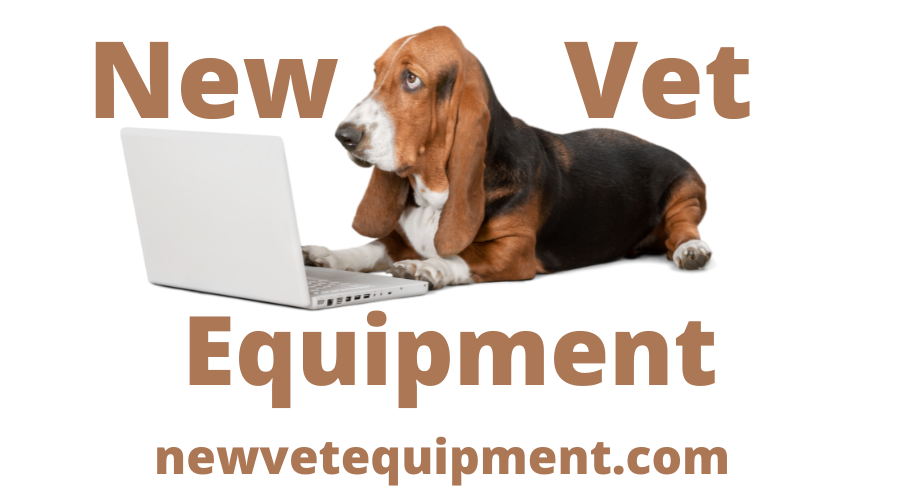8 Workflow Mistakes Undermining Your Diagnostic Equipment Investment
Diagnostic Imaging for Veterinary Practices
Explore our most requested systems, then review the workflow playbook below to maximize your ROI.
Avoid These 8 Imaging Workflow Errors in Vet Clinics
Investing in new diagnostic equipment, whether it’s a digital X-ray, ultrasound, or in-house lab analyzers, is one of the most impactful decisions a veterinary practice can make. But even the best technology can fall short if efficient workflows don’t support it.
It’s not uncommon for practices to purchase cutting-edge equipment only to find it underutilized, creating bottlenecks or staff frustration. The good news? These issues usually come down to workflow—not the equipment itself.
Here are eight common workflow mistakes that can quietly undermine your investment—and how to fix them.
-
Inadequate Staff Training
One brief demo at installation isn’t enough. Inconsistent or incomplete training leads to errors, slowdowns, and missed diagnostic opportunities.
The fix: Schedule comprehensive hands-on training for all relevant staff and create clear SOPs for each device. Assign a “champion user” to support ongoing training, maintenance, and onboarding.
-
Poor Equipment Placement and Room Layout
Cramped or inconvenient placement disrupts flow—staff travel farther, cross paths, and squeeze around tables, increasing time per case.
The fix: Map the workflow before installation. Place frequently used equipment near treatment/exam areas and ensure proper clearance for patients and staff.
-
Not Integrating With Your Practice Software
Without PIMS integration, teams waste time on manual data entry and risk transcription errors.
The fix: Work with your provider to ensure full integration. Enable direct image uploads and automatic results imports to save time and improve accuracy.
-
Overlooking Preventive Maintenance
Skipping maintenance or calibration causes inconsistent image quality and unexpected downtime.
The fix: Treat maintenance like patient appointments. Use a service plan for inspections, cleanings, and calibrations on schedule.
-
Not Adjusting Scheduling and Staff Roles
New technology changes patient flow. If schedules and roles don’t adapt, you’ll see idle time or backlogs.
The fix: Reassess after installation. Consider dedicated techs for diagnostics during peak times, or add “diagnostic blocks” to your calendar.
-
Ignoring Change Management
Team resistance can mean inconsistent use or reluctance to adopt new processes.
The fix: Involve the team early. Share the “why,” invite feedback, and celebrate quick wins to build buy-in.
-
Underutilizing the Equipment’s Full Capabilities
Advanced features—contrast tools, cloud storage, automated reporting—often go unused.
The fix: Schedule periodic check-ins with your distributor or manufacturer. Ask about updates, features, and best practices to unlock more value.
-
Failing to Measure Performance
If you don’t measure usage and outcomes, you can’t prove ROI or improve bottlenecks.
The fix: Track studies per month, time from imaging to diagnosis, and referral cost reductions. Use insights to refine workflows and highlight clinical/financial impact.
Supportive Workflow Makes a Difference
A successful diagnostic upgrade isn’t just about the technology—it’s about the workflow that supports it. With thoughtful planning, proper training, and regular review, your new equipment can enhance efficiency, patient care, and profitability for years to come.



